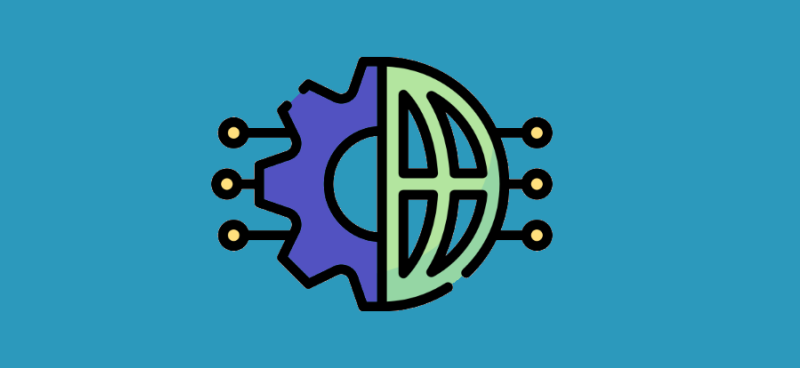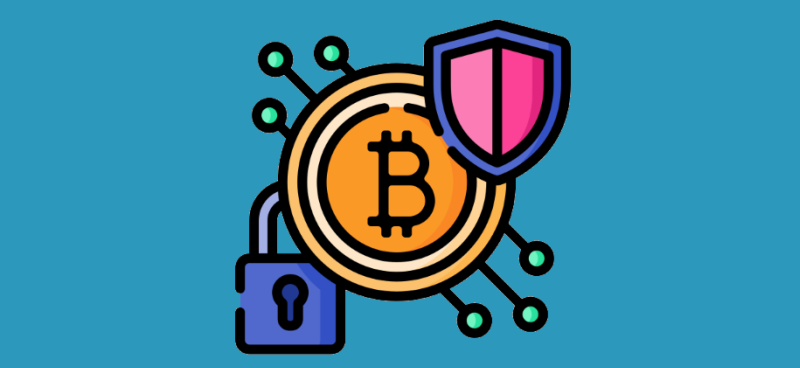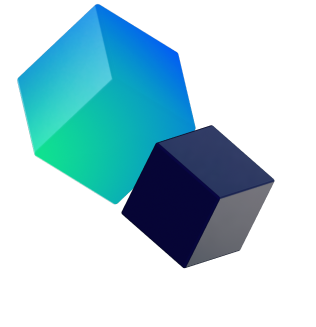
Web3, also known as the “Semantic Web“, is a term used to describe the evolution of the Internet from a static collection of pages linked together to a more dynamic and interactive space. It refers to the idea of using the Internet to connect people, data, and systems in a way that enables them to work together more effectively.
One of the key ways that the Internet has changed with the advent of Web3 is that it has become more decentralized. In the past, a few large companies controlled much of the Internet and the data on it. With Web3, however, the power has shifted to the users, who can now control their own data and share it with others in a more secure and transparent way.
Another key change is that Web3 has made the Internet more interactive and responsive. With the use of new technologies like blockchain and smart contracts, Web3 has enabled the creation of applications that can automatically execute tasks and exchange information without the need for human intervention. This has opened up new possibilities for automation, collaboration, and innovation on the Internet.
The Internet has undergone a significant transformation with the advent of Web3, becoming more decentralized, interactive, and responsive to the needs of users.
Web3 Is a Breakthrough for the Internet as We Know It
Web3 had a significant impact on how the Internet is used and experienced by users. Some of the key ways that Web3 has changed the Internet include:
Decentralization: With Web3, the power has shifted from large companies to users, who can now control their own data and share it with others in a more secure and transparent way.
Interactivity: Web3 has enabled the creation of applications that can automatically execute tasks and exchange information without the need for human intervention, making the Internet more responsive and interactive.
Innovation: The new technologies used in Web3, such as blockchain and smart contracts, have opened up new possibilities for automation, collaboration, and innovation on the Internet.
Web3 has had a significant impact on the Internet, enabling new ways of using and experiencing it.

Web3 Transforms the Traditional Internet
One of the key ways that Web3 transforms the traditional Internet is by making it more decentralized. In the past, a few large companies controlled much of the Internet and the data on it. With Web3, however, the power shifts to the users, who will be able to control their own data and share it with others in a more secure and transparent way.
Another key transformation is the increased interactivity of the Internet. With the use of new technologies like blockchain and smart contracts, Web3 enables the creation of applications that can automatically execute tasks and exchange information without the need for human intervention. This opens up new possibilities for automation, collaboration, and innovation on the Internet.
Web3: Using Blockchain to Protect Personal Data
In the context of Web3, privacy through blockchain refers to the use of blockchain technology to protect the privacy of users and their data. A blockchain is a distributed database that maintains a continuously growing list of records, called blocks, which are secured and linked using cryptography. This allows for the creation of tamper-proof records that can be shared and accessed by multiple parties in real-time, while also protecting the privacy of users.
One way that privacy through blockchain can be achieved in Web3 is through the use of decentralized applications (dapps). These are applications that are built on top of a blockchain platform and can enable the secure and transparent sharing of data among multiple parties. For instance, a dapp could be used to manage the sharing of medical records among healthcare providers, allowing for real-time access to information while also protecting the privacy of patients.
These are cryptographic techniques that allow users to prove the correctness of a statement without revealing any additional information. This can enable users to share information in a way that maintains their privacy, while also allowing others to verify the accuracy of the information.

Web3: Security Through Encryption
Security through encryption refers to the use of encryption technology to protect the security of data and communications. Encryption is the process of encoding information in such a way that it can only be accessed by authorized parties. This is typically achieved using mathematical algorithms that scramble the data in a way that makes it unreadable to anyone without the necessary decryption key.
Many Web3 technologies also make use of advanced encryption techniques, such as zero-knowledge proofs, to enable users to share information securely without revealing any additional information. This can enable secure and transparent communication among multiple parties, while also protecting the security of the data and communications.
Security through encryption is an important aspect of Web3 technologies, enabling the secure and transparent sharing of data and communication among multiple parties.
Web3: Existing Platforms and Products
Some examples of Web3 companies, platforms, and developed products include:
Ethereum: Ethereum is a decentralized platform that runs smart contracts: applications that run exactly as programmed without any possibility of downtime, censorship, fraud or third-party interference.
Filecoin: Filecoin is a decentralized storage network that enables users to store and access files in a secure and transparent manner. It uses a blockchain-based marketplace to connect storage providers and clients, allowing for the efficient and secure sharing of storage resources.
0x: 0x is a decentralized exchange protocol that enables the peer-to-peer trading of assets on the Ethereum blockchain. It uses smart contracts to facilitate the exchange of assets, allowing for transparent and secure trading without the need for intermediaries.
Brave: Brave is a web browser that focuses on privacy and security. It blocks third-party ads and trackers by default, and allows users to earn rewards by viewing privacy-respecting ads. It also includes a built-in decentralized ad network, allowing for more efficient and transparent advertising.
Aragon: Aragon is a decentralized platform that enables the creation and management of decentralized organizations (DAOs). It allows users to create and govern their own organizations using smart contracts, enabling more efficient and transparent decision-making.
These are just a few examples of Web3 companies and platforms. There are many others that are working on a wide range of Web3 projects and applications, from finance and healthcare to supply chain management and beyond.
